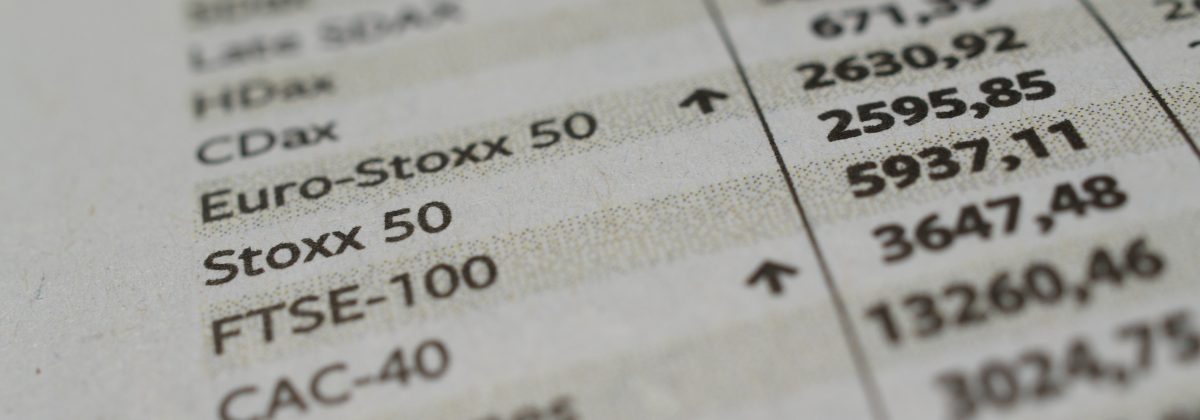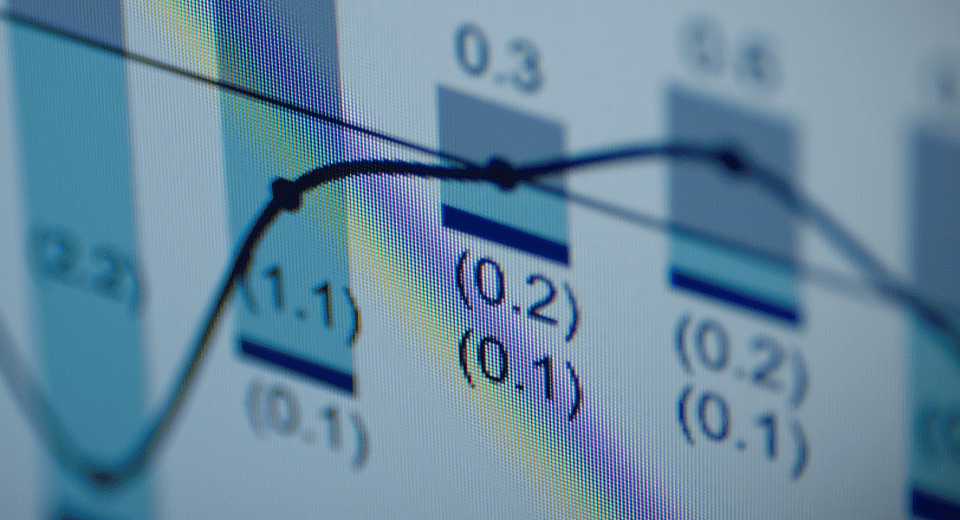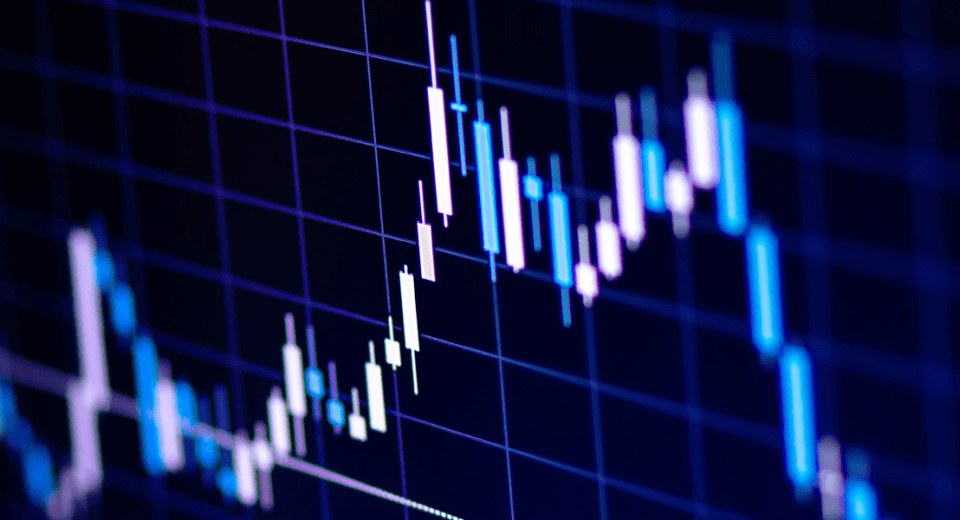The Eurozone’s Stoxx 50, UK’s FTSE 100, Germany’s DAX 30. These European stock market indices are amongst some of the most popular. As Europe is home to countries with some of the largest economies, investors understand that these markets are highly important.
What are Stock Market Indices?
Stock market indices are a measure of a smaller subset of the stock market. They help investors compare past price levels with current ones, thereby helping to gauge market performance. Investors can also calculate returns over time, by comparing past and current price levels. By tracking the most followed indices, the overall health of a stock market or a particular segment of the market, as compared to the overall economy, can be studied.
While every European country has its own stock exchange, there are five major ones that have a combined market capital of over $1 trillion. Two of these are included in the top 10 global stock exchanges. The five major European stock exchanges are:
- Euronext
- London Stock Exchange
- Deutsche Börse
- SIX Swiss Exchange
- NASDAQ Nordic and Baltic Exchanges
European Stock Market Outlook
The European stock markets saw a turbulent 2019. The German economy was hurt due to many factors; uncertainties regarding Brexit, the Italian budget deficits, the US-China trade war on manufacturing demand and exports. The political unrest in Germany and France also impacted the economy.
However, the markets managed to close on a positive note, owing to the announcement of the signing of the first phase US-China trade deal. Major indices like the FTSE 100 gained 12%, while the German DAX and France CAC 40 were both up 25%.
Analysts at Morgan Stanley predict a robust year ahead in 2020. Experts say that European equities have long been undervalued and this trend will see a turnaround in the future. Several contributing factors, including the final resolution of Brexit, a global investor base that is under-indexed to European stocks and asset allocations away from negative yielding bonds, could lead to a surge.
Here’s a look at the 5 major European stock market indices that can help investors build exposure to specific regions of the Eurozone. They also are crucial in determining which assets are over or under performing.
1. FTSE 100
The Financial Times Stock Exchange 100 Index, also called the “Footsie,” tracks the 100 largest companies listed on the London Stock Exchange, in terms of market capitalisation. The share prices are weighted by the free-float capitalisation method. This means that larger companies with more floating shares make a bigger difference to the index’s performance.
Some of the biggest UK companies from sectors like pharmaceuticals, energy, financial services, banking and insurance are listed here. Since most of these companies are internationally focused, the index has a close relationship with the value of the Pound Sterling. A soaring Pound tends to make exports pricier for these companies, leading to higher costs. So, the index shares an inverse relationship with the Pound value.
The UK is now officially out of the Eurozone, but a transition period till December 2020 will see both the EU and UK officials negotiate the terms of their future relationship. This will continue to impact the index, especially since both sides seem to be at loggerheads on the terms of financial services and manufacturing. This could damage sentiment towards the UK banking and financial services shares in particular.
2. Euro Stoxx 50
The Euro 50 is a blue-chip representation of the sector leaders in Eurozone. Created by the Deutsche Börse Group-owned Stoxx index provider, the Euro Stoxx 50 is made up of the top 50 liquid and largest companies from 18 countries in the Eurozone, including the UK, Norway, Spain, France, Belgium and Germany. It forms almost 50% of Europe’s stock market capitalisation.
The most liquid index in the Eurozone, it also helps in benchmarking financial products. The Euro Stoxx 50 can be considered as a broad indicator of European economic health. Shares that are part of this index are priced in various currencies, like the Euro, Pound Sterling, US Dollar, Canadian Dollar and Japanese Yen. Over 82% of the shares belong to German companies, followed by 34% to French companies and 46% from the Netherlands. Sectors that are majorly represented include banking, financial services, manufacturing and chemicals.
The upcoming negotiations between the UK and EU will impact the index, as the UK is the EU’s largest trading partner. Negative developments may hurt European companies in the pharma and banking sectors.
3. France CAC 40
The index represents the 40 most liquid stocks trading on Euronext Paris. The stocks are represented, based on a capitalisation weighted measure. It is one of the biggest national indices of the Euronext group. CAC 40 is made up of top companies in sectors like automobiles, luxury products like cosmetics and fashion, oil and gas, banking and manufacturing equipment.
The index is similar to the US Dow Jones Industrial Average, a commonly used index to gauge the overall direction and level of French market performance. Currency risk and geo-political tensions impact the index, since most of these companies sell products abroad. Due to the huge multinational reach of these companies, CAC 40 is one of the most preferred indices for foreign investors.
4. German DAX 30
DAX 30 tracks the performance of the 30 largest companies trading on the Frankfurt Stock Exchange. The index represents almost 75% of the total market cap of the Frankfurt Stock Exchange. Components of the index belong to diverse sectors, including automobiles, pharma and chemicals, aerospace, insurance, software and manufacturing.
Germany is the fourth largest economy (by nominal GDP) in the world, and the largest economy in the Eurozone. Its export-based economy has been under severe pressure due to declining global demand for its automobile exports, on account of the US-China trade war. In the years ahead, the German economy faces the challenge of reducing its large trade surplus and using this to boost its economy. This needs stronger structural reforms and loose fiscal policies.
The developments on the trade war front will continue to impact the index, especially since President Trump has shown a strong inclination to redirect the war towards Europe.
5. Swiss SMI 20
The Swiss Market Index (SMI) constitutes the top 20 most traded stocks listed on the SIX Swiss Exchange. It contains 19 large cap stocks and 1 mid-cap stock. Currently, it represents 85% to 90% of the total trading turnover of the SIX exchange. As it is considered an indicator for the overall Swiss economy, it is used as a benchmark for several financial products, like ETFs and index funds.
Companies listed on the SMI 20 belong to sectors like banking, healthcare, electrical and electronic equipment, chemicals and food products. Since July 2019, Swiss regulators have imposed a ban on EU exchanges trading Swiss stocks, due to the negative outcome of the trade talks between Switzerland and the European Union. The EU Commission decided not to renew the “equivalence” status on equity trading on Swiss exchanges. So, to gain exposure to prominent Swiss blue-chip companies, like Nestlé, Novartis and UBS, investors have to resort to instruments like the Swiss SMI 20.
Reference Links
Start Trading in 3 easy steps
1
Complete the Application Form
It takes just minutes for us to verify your identity and set up your account.
2
Download MT4 Platform
Download MT5 and trade via your desktop, mobile or tablet. No minimum deposit required.
3
Start Trading
Trade more than 60 products (Forex, CFDs & Commodities)





